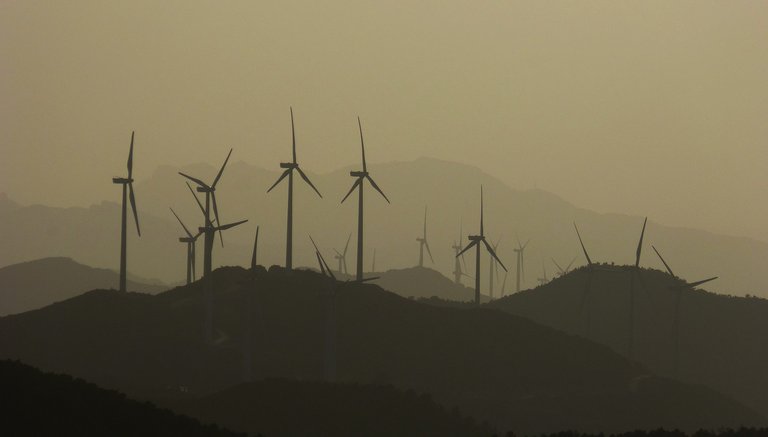Vultures identify areas with the highest risk of collision with wind turbines.

Vultures calculate where they have the highest risk of collision with wind turbines. They conclude that 20% of the Iberian Peninsula is not suitable for the installation of wind turbines, considering their impact on birds. The paper has been published in the journal Environmental Impact Assessment Review.
Leonated vultures are one of the species most affected by wind turbines, with about 850 deaths annually in Spain. And researchers believe that if the wind turbine were to become unsafe for sessions, its effect on other species would be greatly reduced.
To find out where wind turbines generate the most risk, we analyzed the GPS movement data of 177 broths collected in Spain between 2014 and 2022. On the one hand, the area where they fly at the height of the wind turbine blades (16-210 m) has been calculated and on the other hand the frequency with which they pass through these dangerous areas. So they've calculated vulnerability and exposure and created collision risk maps. Finally, this has been validated with actual recorded mortality data. Jon Morant Etxebarria, researcher at the Universidad Miguel Hernández (Alicante) and principal author of this work, has highlighted the importance of this validation: “This reduces uncertainties in places with a high risk of collision.”
These models have calculated the number of vultures at risk and the potential for wind energy development. And you've seen that today, there are many prizes in danger. It is estimated that 18% of the breeding population of leonated vultures is in areas with high risk of collision. On the other hand, they highlight the possibility of continuing the development of this renewable energy, with less impact. To do this, “it is necessary to plan the development of wind energy in space, choosing low-risk areas for vultures and other vulnerable species,” says Morante. “Safer alternatives to biodiversity must be sought to harmonise wildlife conservation and renewable energy development.”
Buletina
Bidali zure helbide elektronikoa eta jaso asteroko buletina zure sarrera-ontzian











